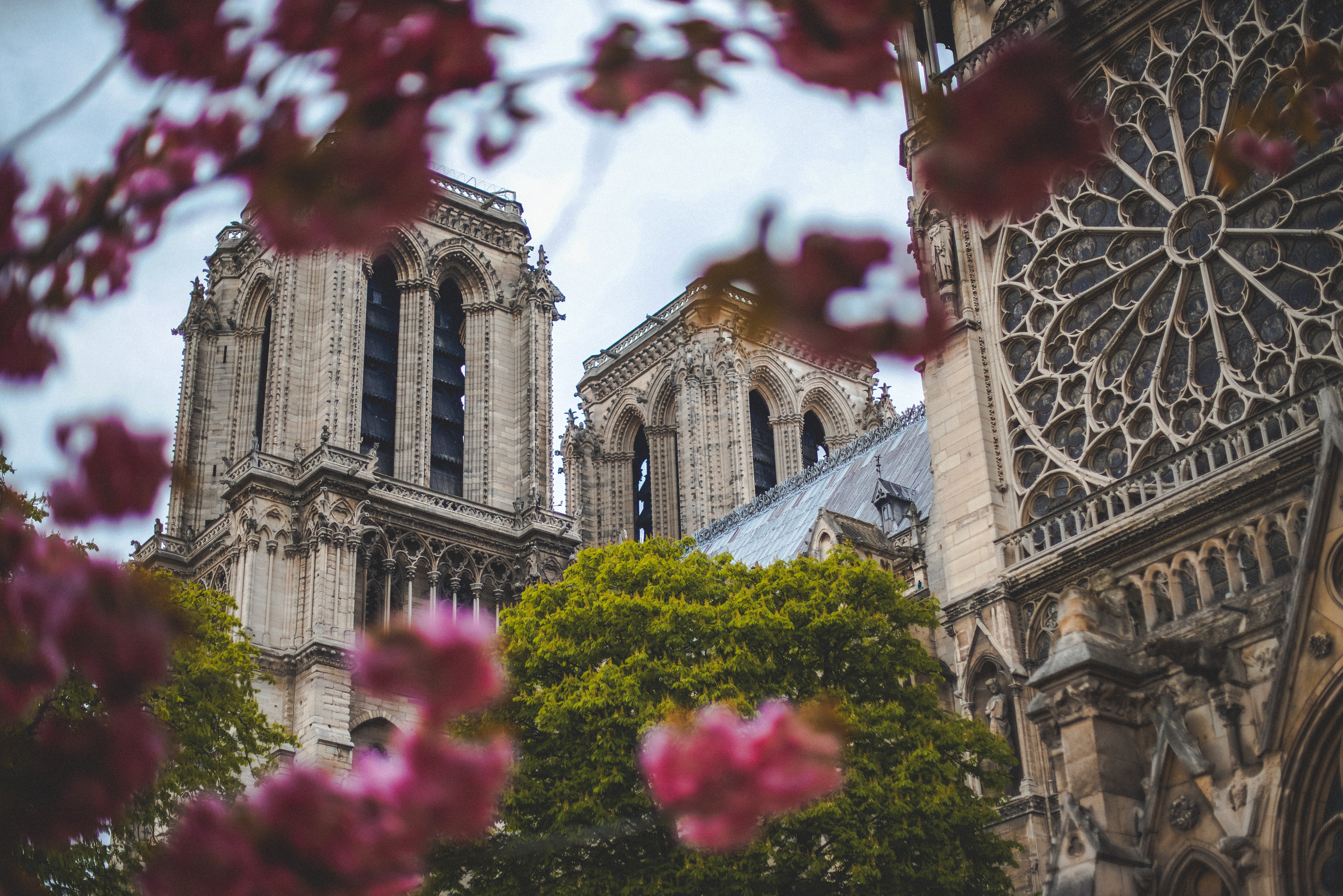It is impossible to choose a more diverse and adventurous city than Amsterdam. It is at the same time romantic, artistic and with a great sense of humor. You have just enjoyed Van Gogh's paintings and delicate caramel waffles, and here you are already cycling through picturesque canals. And when night falls on the city, you can go in search of adult entertainment. This city is fascinating and does not stop for a moment.
The Van Gogh Museum is one of the most visited places in the Dutch capital, and it has an interesting history.
After the death of Vincent’s brother, 33-year-old Theo Van Gogh, his wife was left alone with her little son, paintings and letters from Vincent to her husband. With the help of letters and the works she inherited, the widow began to study the real-life of an artist. Despite the advice of some “well-wishers,” the woman kept his paintings and published letters in her three-volume edition.
When she died in 1927, her ideas were continued by her son, who grew up in the engineer Willem Van Gogh. Due to a large number of paintings, Willem decided to create a special museum for them. After obtaining permission from the authorities, he received land and the full maintenance of the museum by the state. The project of the museum was entrusted to architect G. Rietveld. The building took 2 years to build. The Japanese architect Kisho Kurokawa designed an exhibition wing in 1999.
Today, the Van Gogh Museum contains more than half a thousand drawings by the artist, about 800 letters, and several hundreds of works. The exposition is arranged in chronological order and gradually acquaints visitors with the development of the artist's work.
In the very first halls, there are paintings from the Dutch period of 1881-1885. The canvases of that period are made in dark colors: shades of ocher, brown, and marsh green tones. The main protagonist of Van Gogh's works was the people.
This is followed by the second period of creativity: Antwerp and Paris 1885-1888. Influenced by the painting of the Impressionists, the artist experimented with color and brightened the palette, in his works, there were pure blues, golden yellows, and reds. During the same period, Vincent painted many self-portraits, including Self-Portrait in a Straw Hat (1887).
During his stay in Arles 1889-1890 the artist finally formed his style and created his famous works. Sunflowers (1889): Vincent wrote that sunflowers were the embodiment of sun, camaraderie, and gratitude and created a series of them. Delighted with this work, Paul Gauguin painted a portrait of Van Gogh painting sunflowers.
In the last period of creativity - San Rémy and Auvers 1890 - sunny, shining colors alternate with gloomy and ominous landscapes. The museum also houses a permanent exhibition of paintings by Vincent's contemporaries and friends. The collection includes Paul Gauguin, Henri de Toulouse-Lautrec and others.
Tickets must be purchased online, and they expire quickly, so it is better to take them for a few days or even a week before the visit. Keep in mind that you will need to specify the time and date of the visit immediately. Admission to the museum is free for children and teenagers under the age of 18, but a document must be presented.
Address: Museumplein 6, 1071 DJ Amsterdam
Schedule: Opening hours: from 10:00 to 18:00. Fridays - from 10:00 to 22:00
Website: vangoghmuseum.nl/nl
The State Museum of Amsterdam (Rijksmuseum) is the largest in Europe and is one of the twenty most visited art museums in the world. Pictures and objects of various countries and eras are exhibited here, where more than 250 halls contain tens of thousands of sculptures, thousands and thousands of paintings, as well as drawings, engravings, objects of archaeological excavations and household items.

Perhaps the most famous masterpieces exhibited in the museum are the painting "Night Watch" by Rembrandt, several paintings by Vermeer, the painting "Portrait of Don Ramon de Posado" by Goya (it is interesting that X-ray studies have revealed another creation of the master under a layer of paint), the original of the statue " L'Amour Menaçant" by Falcone, several works by Luke Leiden and "Gothic Temple with Figures" by Jan van Eyck.
Rijksmuseum also displays images of Asian gods, such as a figurine of Buddha sitting in a niche. This composition was carved from a single piece of black limestone over 1000 years ago. Here you can also see quite modern jewelry in the Art Nouveau style. For example, "Comb in the form of two dragonflies" (1904).
Also pay attention to the exposition "Immoral Women", which is close to eroticism. This includes the painting "Lot and His Daughters" (Hendrik Goltzius, 1616).
To avoid queues, try to buy tickets to the museum in advance.
Address: Museumplein/Museumstraat, 1
Schedule: daily, from 09:00 to 17:00
Website: rijksmuseum.nl






